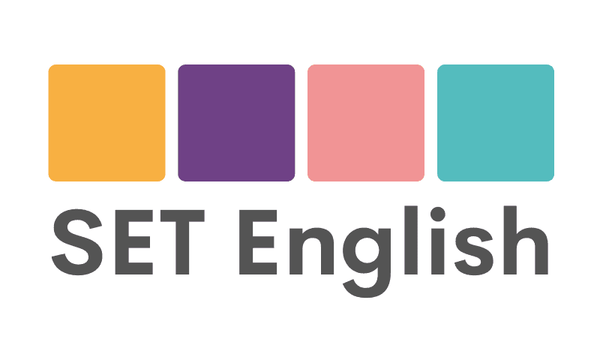
How OET Reading Works: How to Spot Distractors and Build Ideas
OET Reading Part C is one of the most challenging sections for many candidates. Long texts, nuanced logic, and tricky multiple-choice questions can feel overwhelming. But when you understand how ideas develop within a paragraph—and how distractors are engineered—Part C becomes far more manageable. Get Paul’s OET Reading document from the video here: Download PDF Document
Why Part C Feels Difficult
Part C doesn’t only test vocabulary; it checks whether you can follow the development of ideas across multiple sentences. Paragraphs are built with linkers and referencing words (e.g., as a result, however, this, these) that connect one sentence to the next.
Think of a paragraph like a wall of bricks. Each brick is a sentence; linkers are the mortar. To answer correctly, you must see how the bricks combine to create the bigger idea.
How Ideas Are Built in OET Texts
Sentences in Part C typically do one of the following:
- Add detail or evidence
- Show contrast or cause and effect
- Give examples or proof
- Offer opinions or conclusions
Example: In a text about AI in the NHS, the writer may first introduce AI as a possible solution, then justify it, give hospital examples, and conclude with satisfaction reports. Questions then test whether you tracked that logic.
Distractors: Why Wrong Answers Look Right
Each Part C question has one correct answer and three distractors designed to tempt you:
- Partial matches: part of the option matches the text; part does not
- Same language, different meaning: familiar words used differently
- Unsupported comparisons: items are compared though the text doesn’t compare them
- Contradictions: wording seems right but actually opposes the text
- Unsupported trends: a change over time is implied without evidence
Example: A distractor mentions “limited value” because the word “limited” appeared in the text—yet the passage showed AI to be effective. Don’t rely on word spotting; check whether the entire option matches the author’s meaning.
How Correct Answers Are Built
Correct options often integrate ideas from different parts of the paragraph or text. For instance:
- “Many see efficiency as the main driver for AI adoption.”
- “Research shows AI reduced waiting times.”
Together, these support an answer like: research results support widely held opinions about AI. For targeted practice, use our Reading Part C Guide and browse the full set of OET courses.
Tips for Success in Reading Part C
- Track grammar and referencing: words like this, those, who, which point back to earlier ideas
- Read widely beyond practice tests: news and journals build real-world flow awareness
- Review your errors: don’t just mark wrong—ask why your reasoning missed the author’s logic
- Study with peers or a teacher: discuss how distractors manipulate meaning
Final Thoughts
Success in Part C isn’t only about speed—it’s about building meaning across sentences and spotting traps in options. With regular practice, smart strategies, and guidance, you can master this section.
Get Paul’s OET Reading document from the video.
